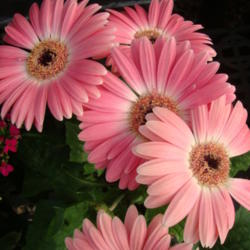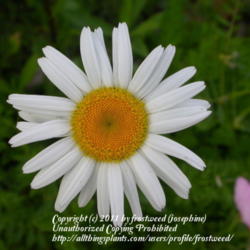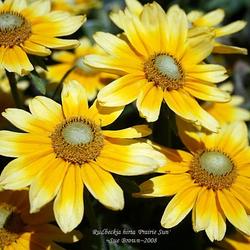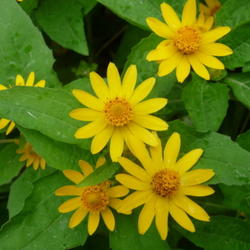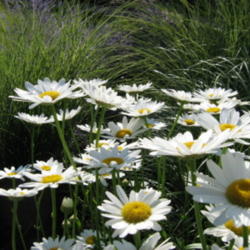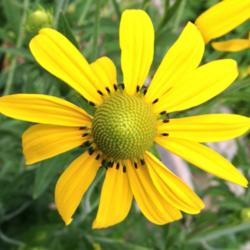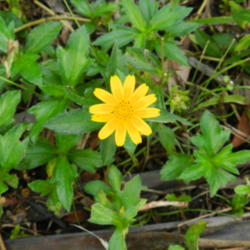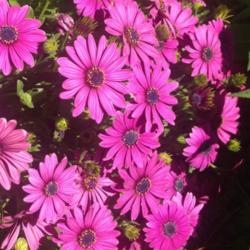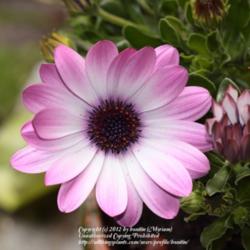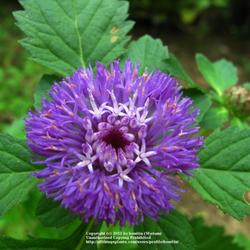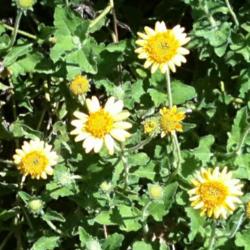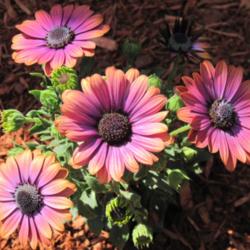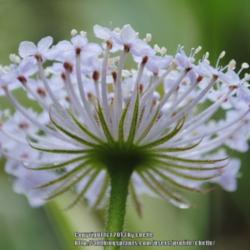#1: Black Eyed Susans (Rudbeckia)
@jmorth says, "Definitely one of my favorite flowers. Years ago my garden received its first Rudbeckia hirta. I'm not sure which variety came first; it performed well, and to my delight some of the originals survived that winter. The following spring I noted quite a few new seedlings and ascertained it was a self-seeder. The winter before that spring, I'd started a couple of different varieties under lights in the basement, subsequently transplanting them into the garden, where they (and the few survivors and their offspring) again made a most favorable impression on me. The next season, I started yet another variety or two and translocated those new plants in amongst the ones already in the garden. This was probably the first time I noted some of the self-seeded ones weren't necessarily like their parents in form or bloom. Some of these new forms displayed distinguishable characteristics of different parental lines on the same plant! I concluded the original varieties were getting crossed naturally and their offspring would inevitability present different characteristics. The originals planted in those formulative gardening years were Cherokee Sunset, Green Eyes, Prairie Sun, Chim Chiminee, and Irish Eyes.
Every season thereafter has found me in a state of eager anticipation as to what new presentations I would discover where the 'Rudy's' grow. Every year since, something new has blessed my visual palette. Some are amazingly beautiful, some downright bizarre, but always something new."

